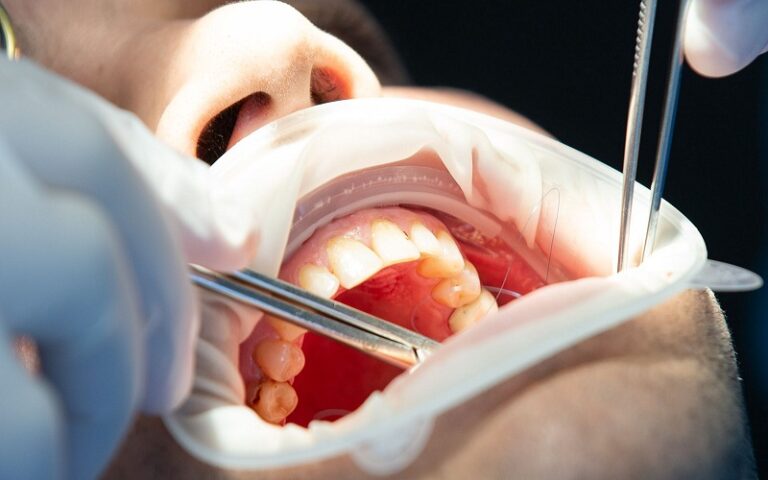The world of dental care is rich and diverse. Yet, some aspects may seem puzzling. One such area is dental root planning. At first glance, it can sound like a daunting term. On the other hand, it’s not as complex as it may appear. Let’s delve into the core essence of this key dental procedure from a general dentist’s perspective. While on this journey, we’ll also touch upon the specifics of apical surgery Georgetown. In simple terms, we’re about to demystify the enigma of dental root planning. Let’s start.
Understanding Dental Root Planning
Dental root planning is a deep cleaning under the gums that gets rid of bacteria. This procedure can help shrink gum pockets. It’s like giving your teeth and gums a new beginning.
How Is It Done?
Dentists use a tool called a scaler to remove plaque and tartar from your teeth and gum line. Then they smooth out your teeth roots to help your gums reattach to your teeth. Sometimes, they use a laser to remove plaque and tartar. This can result in less swelling, bleeding, and discomfort compared to deep cleaning with a scaler.
Root Planning Versus Regular Cleaning
Regular cleaning focuses on the surface of the teeth and the space between teeth and gums. Root planning goes deeper. It targets the roots of the teeth, where bacteria can hide and cause gum disease.
Apical Surgery Georgetown
Another procedure in the realm of dental care is apical surgery. This procedure is performed to remove an infection at the base of a tooth. It is a more complex procedure compared to root planning. A link to more information about apical surgery Georgetown has been provided for a detailed understanding.
Comparison Table: Root Planning and Regular Cleaning
| ROOT PLANNING | REGULAR CLEANING | |
| Purpose | Removes plaque and tartar from below the gum line | Removes plaque and tartar from the surface of the teeth |
| Procedure | Deep cleaning with a scaler or laser | Standard cleaning with a toothbrush and floss |
| Frequency | As needed, often for treatment of gum disease | Every six months |
Now that we have unraveled the mystery of dental root planning, you can see that it’s not as intimidating as it sounds. It’s just a deeper, more thorough cleaning that helps keep your teeth and gums healthy. So, next time your dentist suggests root planning, you know what’s in store for you. Knowledge, after all, leads to better health choices.



















+ There are no comments
Add yours